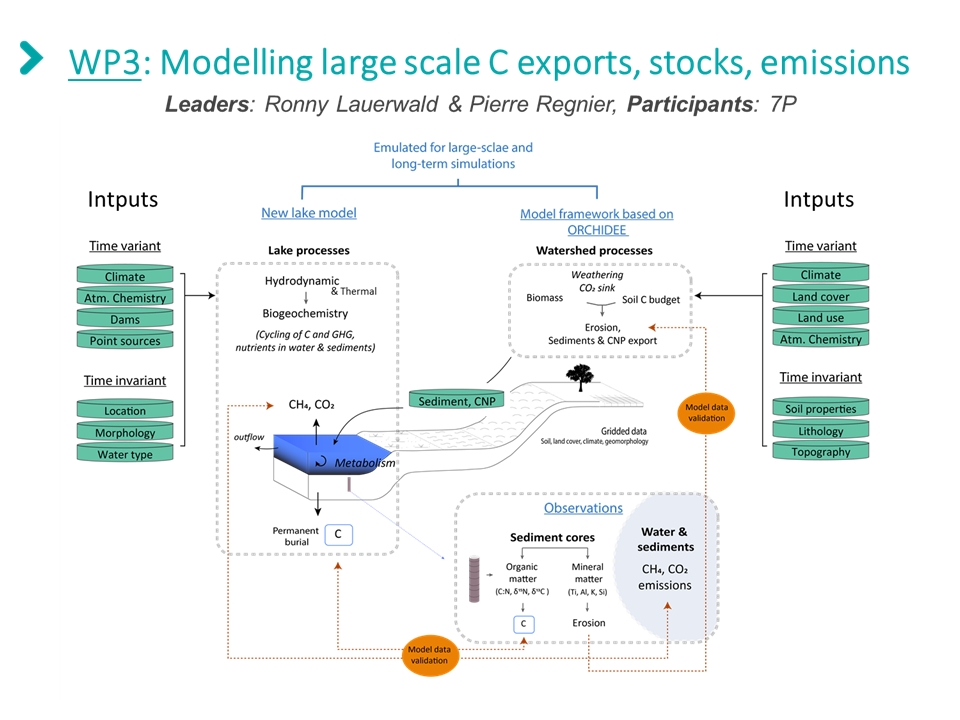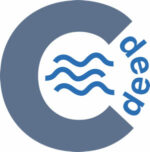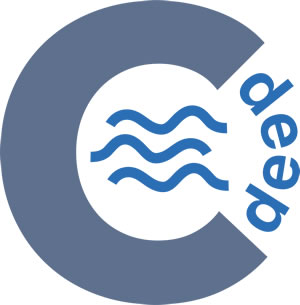WP3: Modelling Large-Scale Carbon Exports, Stocks, and Emissions
Leaders: Ronny Lauerwald (EcoSyS) & Pierre Regnier (ULB), Participants: 7P
WP3 aims to quantify continental carbon (C) budgets and their long-term response to land cover changes at European and global scales, emphasizing the role of inland water C fluxes. Key objectives include reconstructing land cover changes in 15 pilot basins, assessing the long-term impact of land cover changes on terrestrial C turnover over 5,000 years, and reevaluating inland water C fluxes (CO2, CH4 emissions, burial, and coastal exports) while assessing human-induced perturbations.
- T3.1 Land Cover Reconstruction: Focuses on reconstructing 5,000 years of land cover changes in 15 watersheds using pollen analysis and the LOVE vegetation model.
- T3.2 Terrestrial C Turnover Simulation: Simulates C dynamics in terrestrial ecosystems and its mobilization to inland waters. The SWAT model will provide detailed inflow simulations for 40 pilot sites, validated against observations, and used for historical reconstructions and future modeling. The ORCHIDEE-C lateral land surface model will support large-scale simulations, while a rock-weathering model will address CO2 consumption and alkalinity trends.
- T3.3 Inland Water C and GHG Budgets: Develops a process-based Inland Water Carbon Model (IWCM) to evaluate C budgets, including inputs, burial, emissions, and coastal exports. Outputs will provide high-resolution estimates of CO2 and CH4 emissions and their anthropogenic impacts. The IWCM will also analyze long-term inland water dynamics over 5,000 years using data from T3.2, supported by an emulator for efficient global-scale assessments.
The findings will contribute to understanding the interaction between terrestrial and aquatic carbon processes and the broader implications of land cover change.


